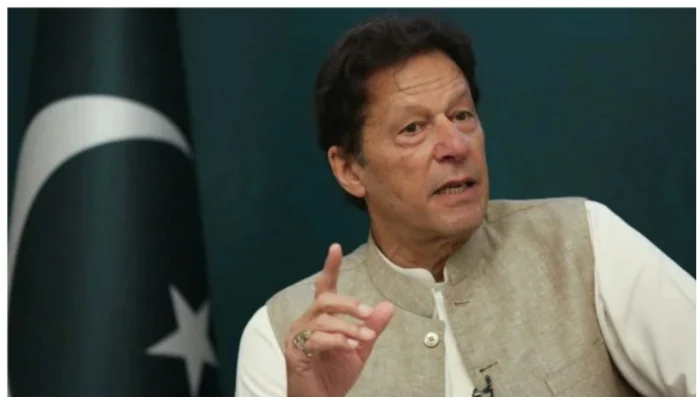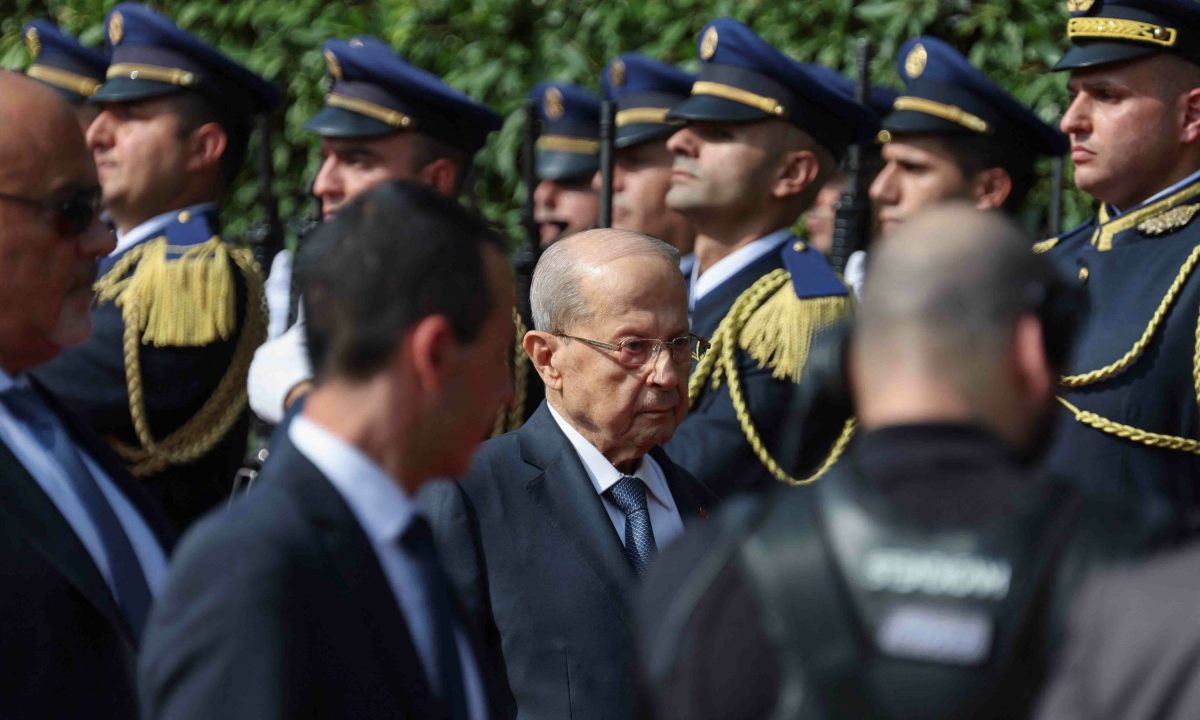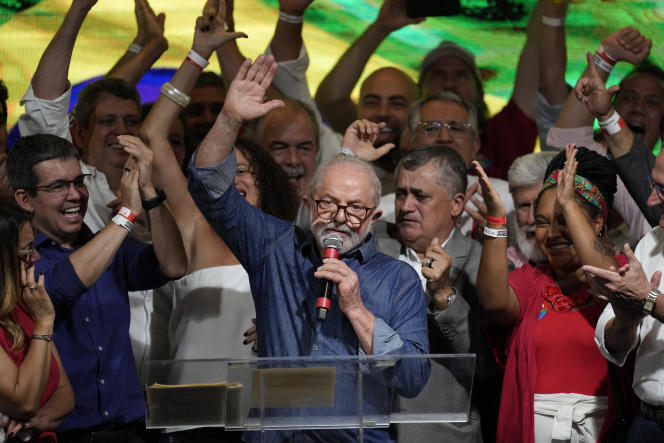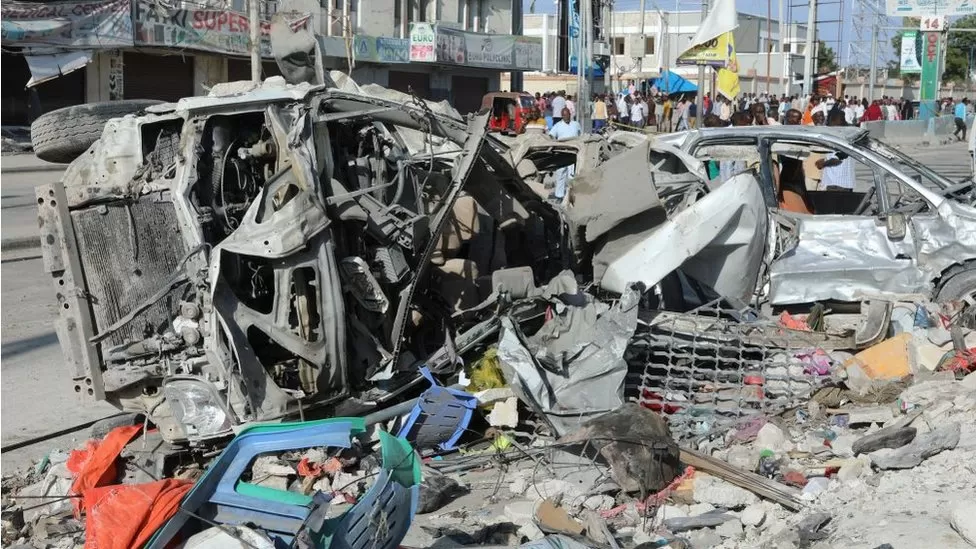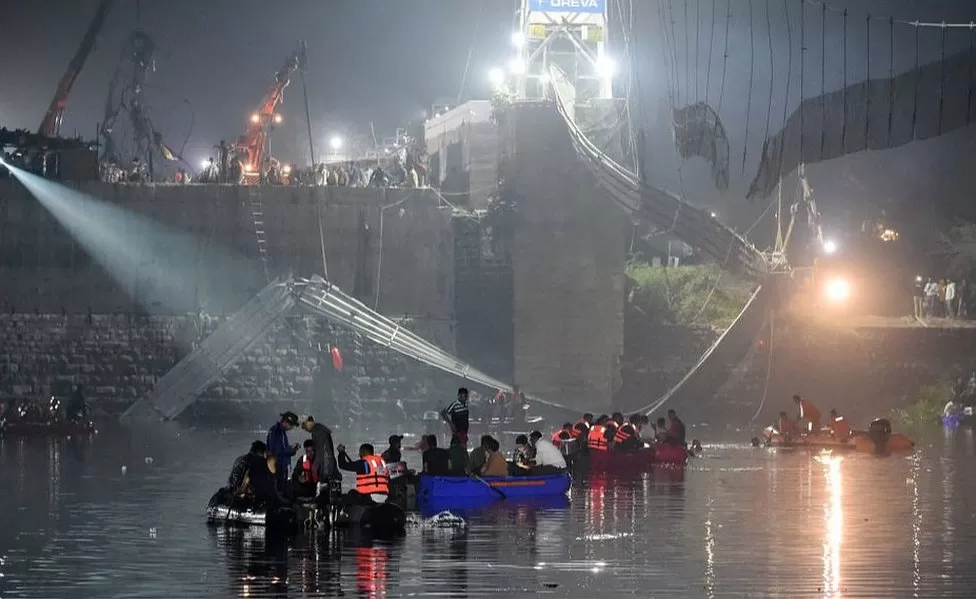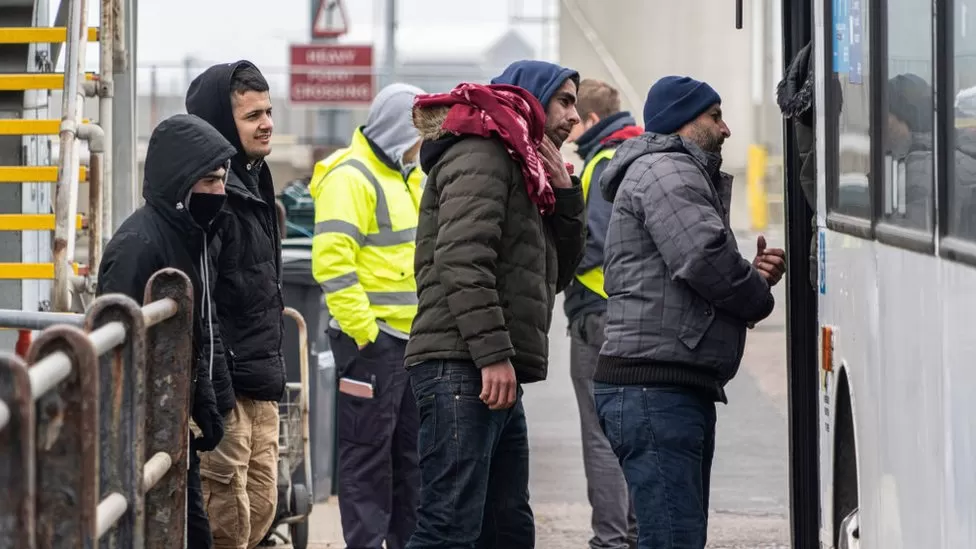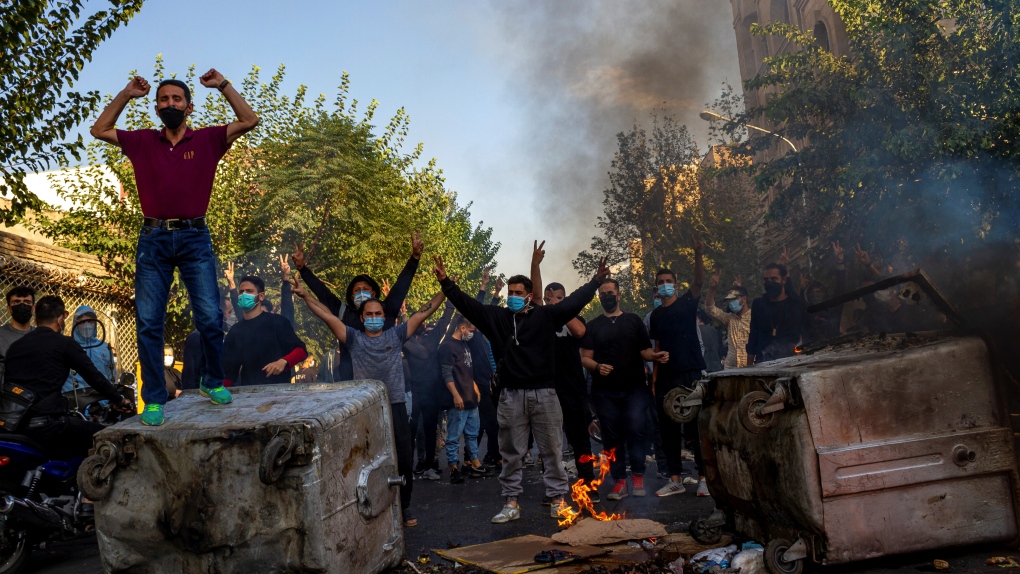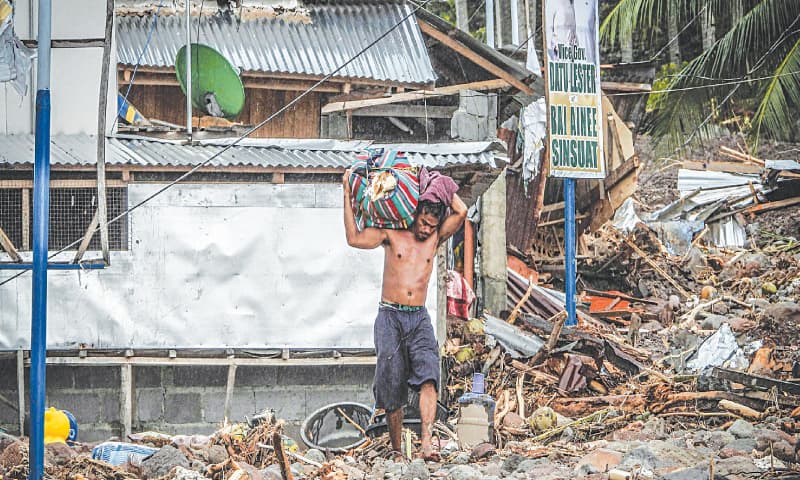Nalgae pounded the archipelago nation’s main island of Luzon with maximum winds of 95 kilometres (59 miles) an hour after making landfall on the sparsely populated Catanduanes island before dawn.
The destruction began well before, with heavy rain inundating mostly rural areas on the southern island of Mindanao on Thursday, followed by deadly landslides and flooding on Friday.
A sharply revised official toll on Saturday put the number of deaths on Mindanao at 40, with five others killed elsewhere in the country.
At the vanished southern village of Kusiong, home to between 80 and 100 people, bulldozers and backhoes churned up a thick layer of grey limestone rock and brown mud the size of 10 football fields as anxious relatives waited for news.
Parts of a denuded mountain nearby had collapsed on the hamlet early on Friday and the bodies of 14 members of the Teduray tribe have been pulled out since — with many still missing. In recent years, flash floods with mud and debris from largely deforested mountainsides have been among the deadliest hazards posed by typhoons in the Philippines.
“It could be more than a hundred,” Lester Sinsuat, the mayor of Datu Odin Sinsuat town, said when asked how many are feared dead. Rescuers abruptly ran away from the site during a brief and sudden downpour, fearing another landslide. They later returned to their grim task.
“Today we resumed our work, but this is already a retrieval operation because the village has been buried under rock and mud for more than a day,” regional civil defence chief Naguib Sinarimbo said, declining to say how many were feared dead.President Ferdinand Marcos Jr rebuked civil defence and local officials at a televised meeting on Saturday over the high number of casualties in Mindanao.
“It will be important for us to look back and see why this happened. Why did we fail to evacuate them? Why do we have such a high casualty (figure)?” the president asked.
Mindanao is rarely hit by the 20 or so typhoons that strike the Philippines each year, but those that do tend to be deadlier than those that hit Luzon or the smaller central islands. The storm also caused flooding elsewhere in the country.
Photos released by the coastguard showed rescuers using an old refrigerator as an improvised boat to pull children from a flooded community on the central island of Leyte.
The state weather service said the eye of Nalgae passed just off Luzon’s south coast at 2pm, with the capital Manila, a sprawling metropolis of more than 13 million people, likely to be hit next. The storm struck at the beginning of a long weekend in the Philippines, when millions return to their hometowns to visit the graves of their dead relatives.
“If it’s not necessary or important, we should avoid going out today because it is dangerous and could bring you harm,” national civil defence director Rafaelito Alejandro said, adding that 5,000 rescue teams were on standby. More than 7,000 people were evacuated ahead of the storm’s landfall, the civil defence office said.
The coast guard has also suspended ferry services through most of the country due to rough seas, stranding hundreds of vessels and thousands of passengers at ports. The civil aviation office, meanwhile, said it has shelved more than 100 flights.
Storms kill hundreds of people in the Philippines and keep vast regions in perpetual poverty, where residents also have to reckon with frequent earthquakes, volcanic eruptions, and in some areas armed insurgencies.


